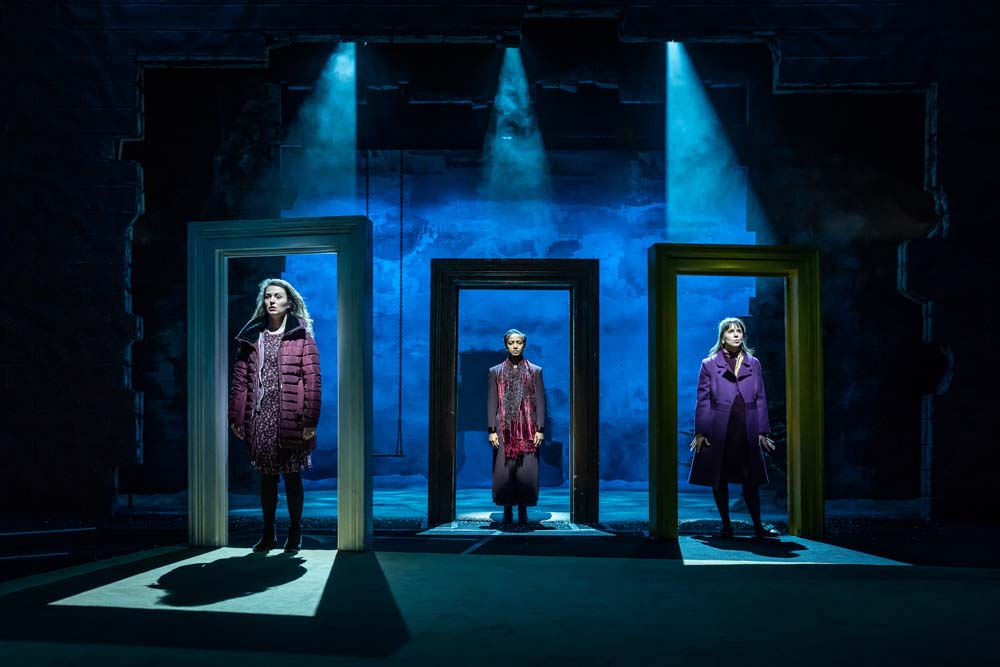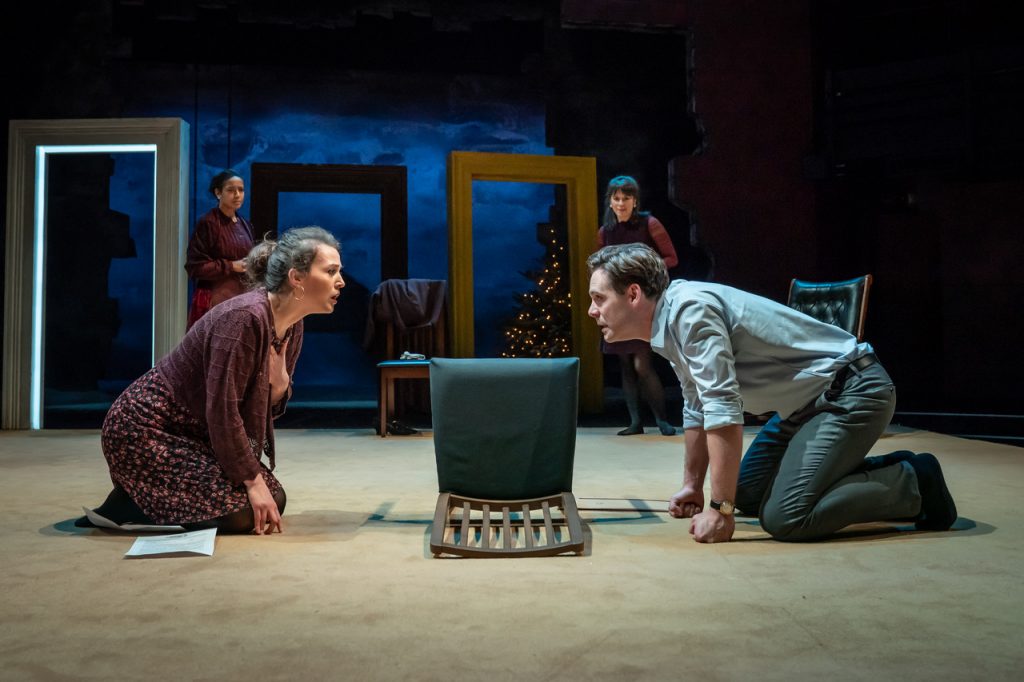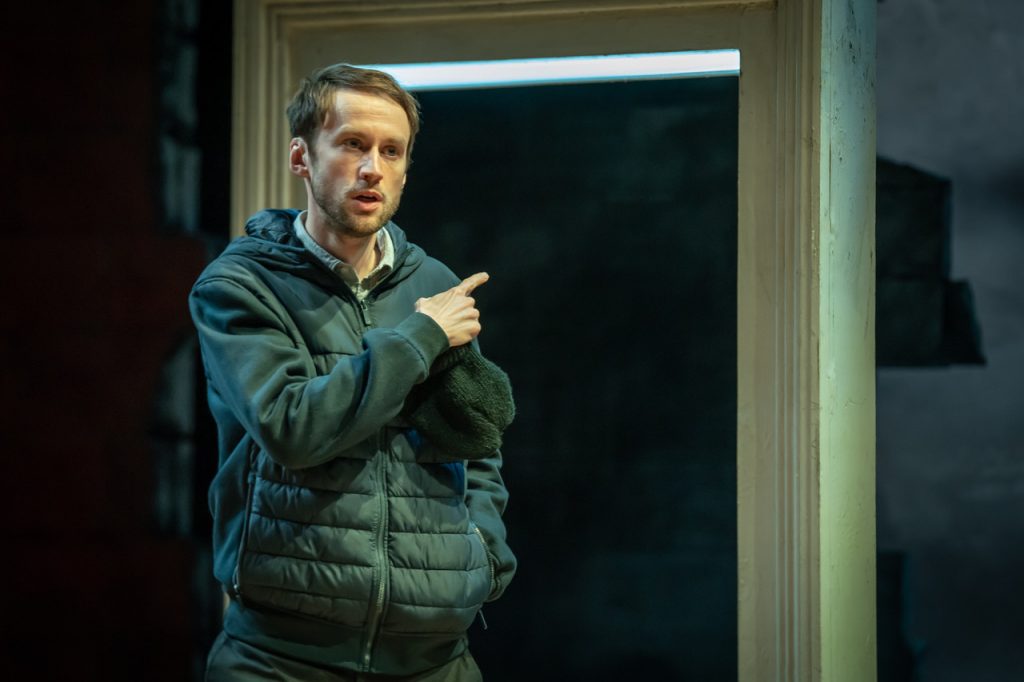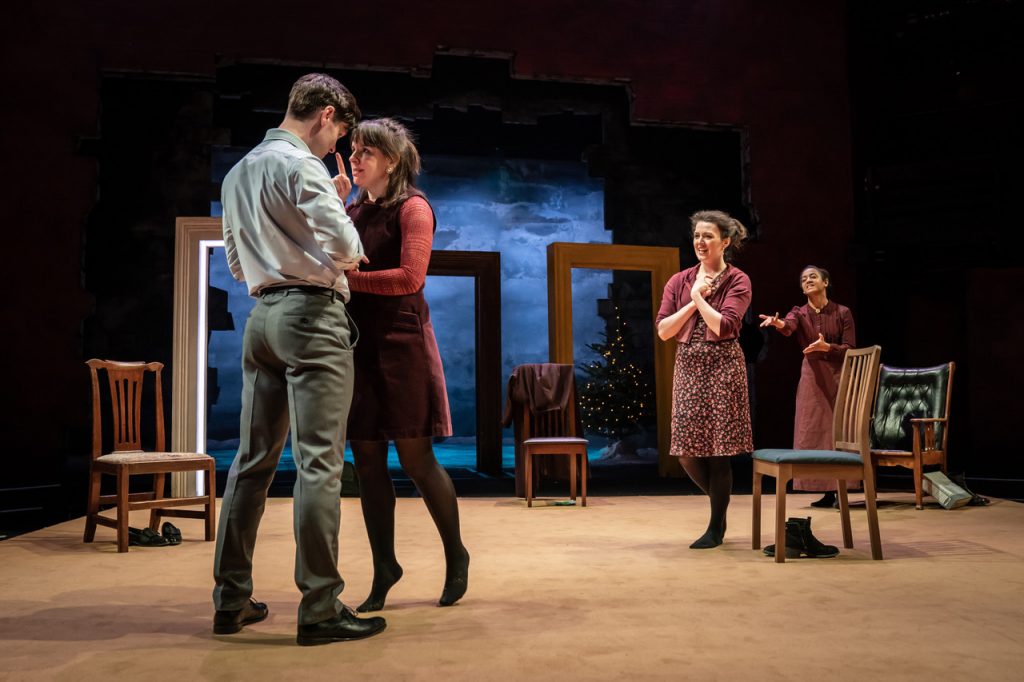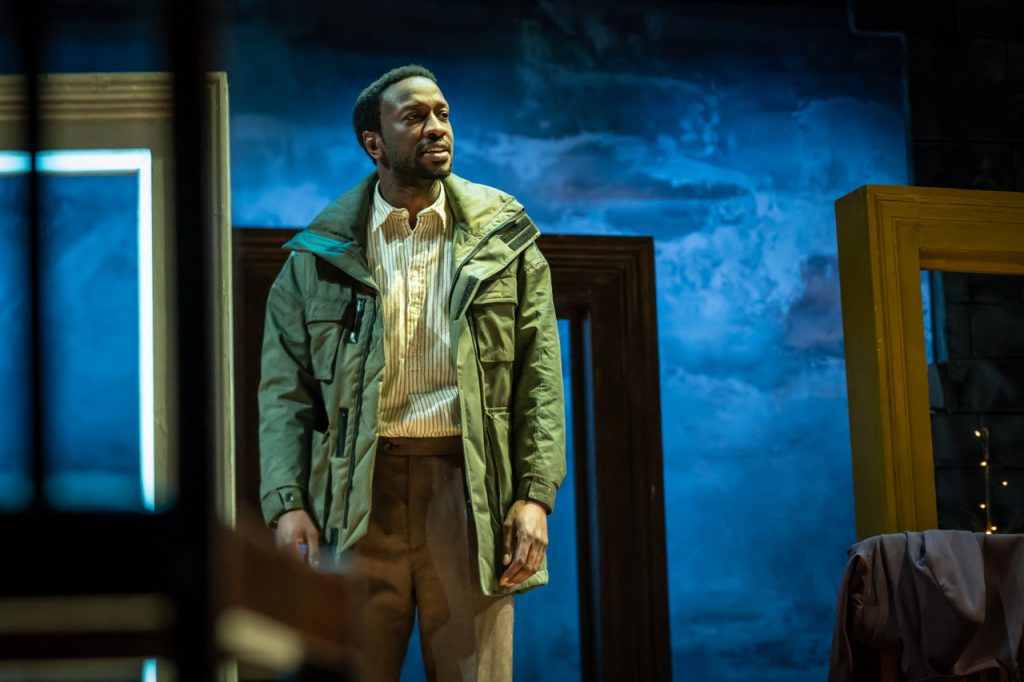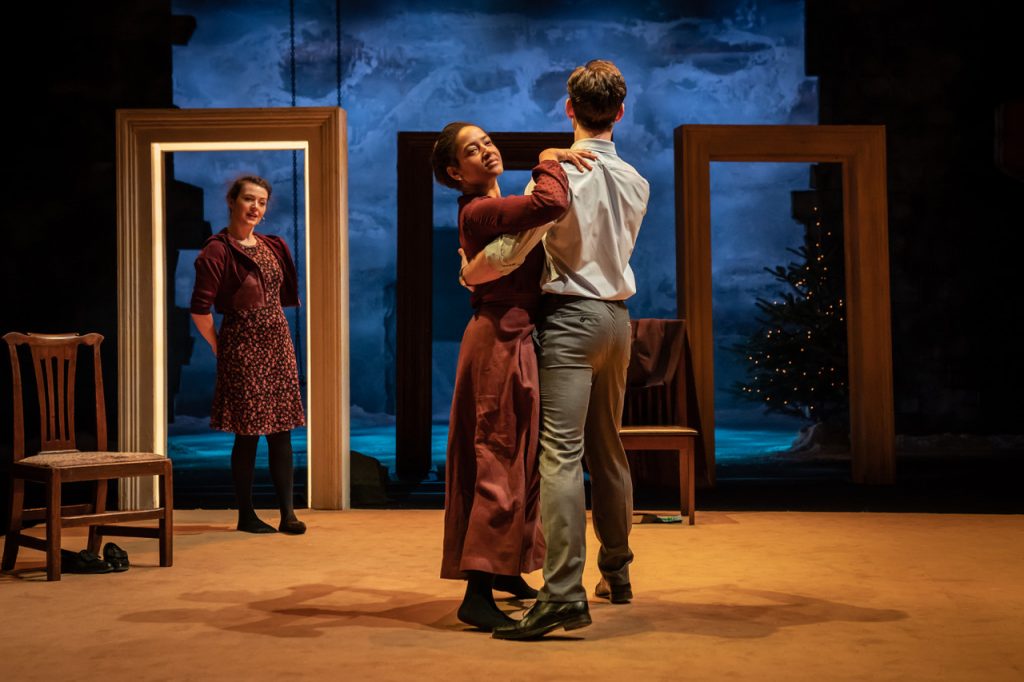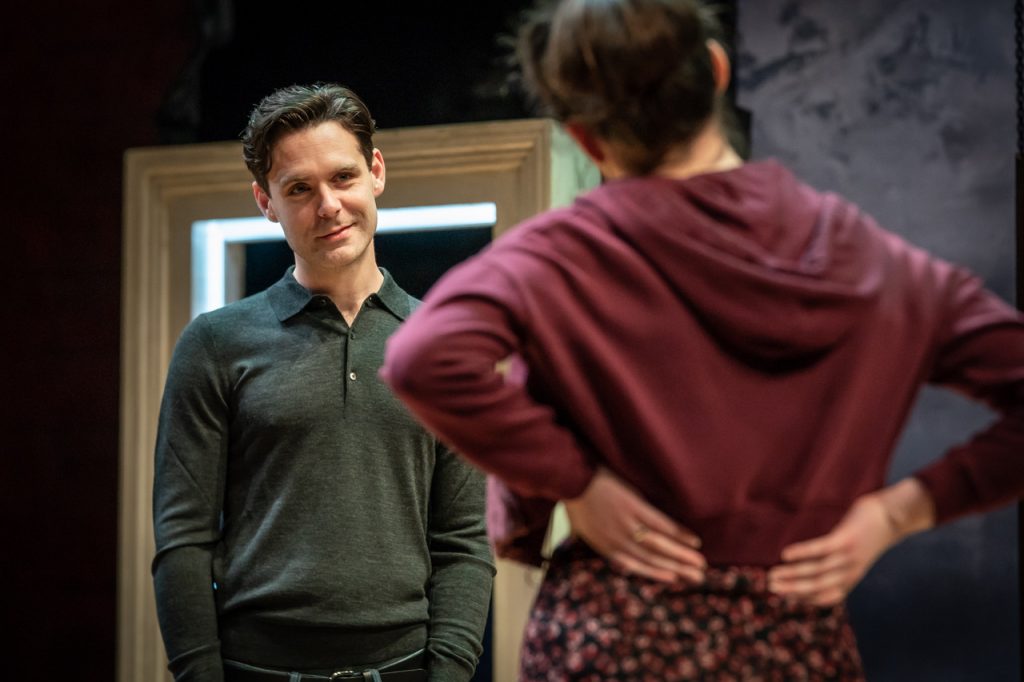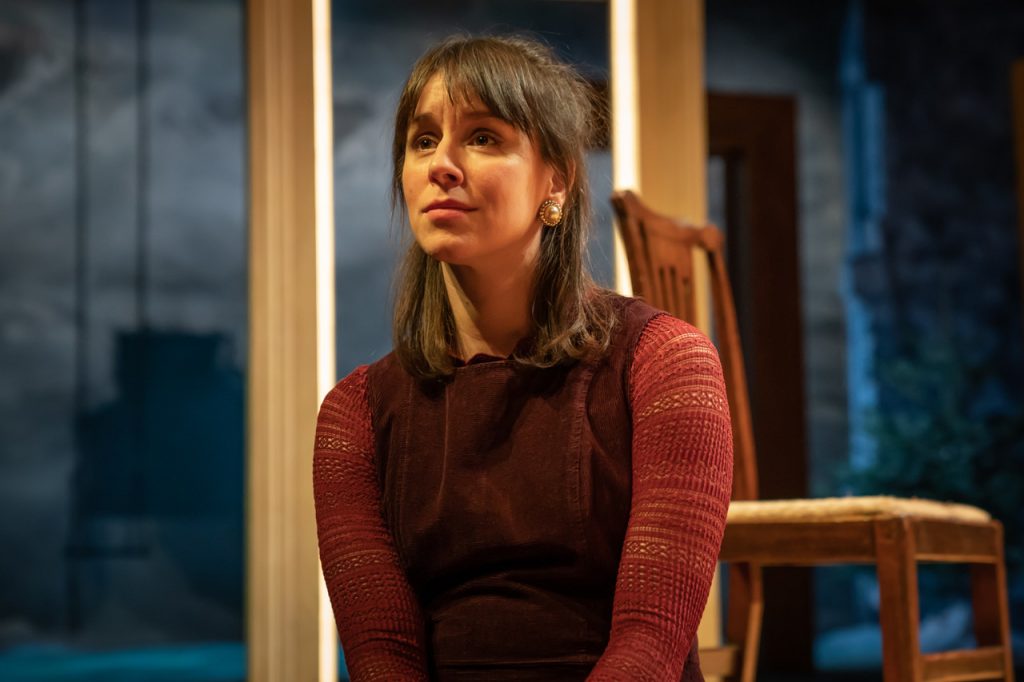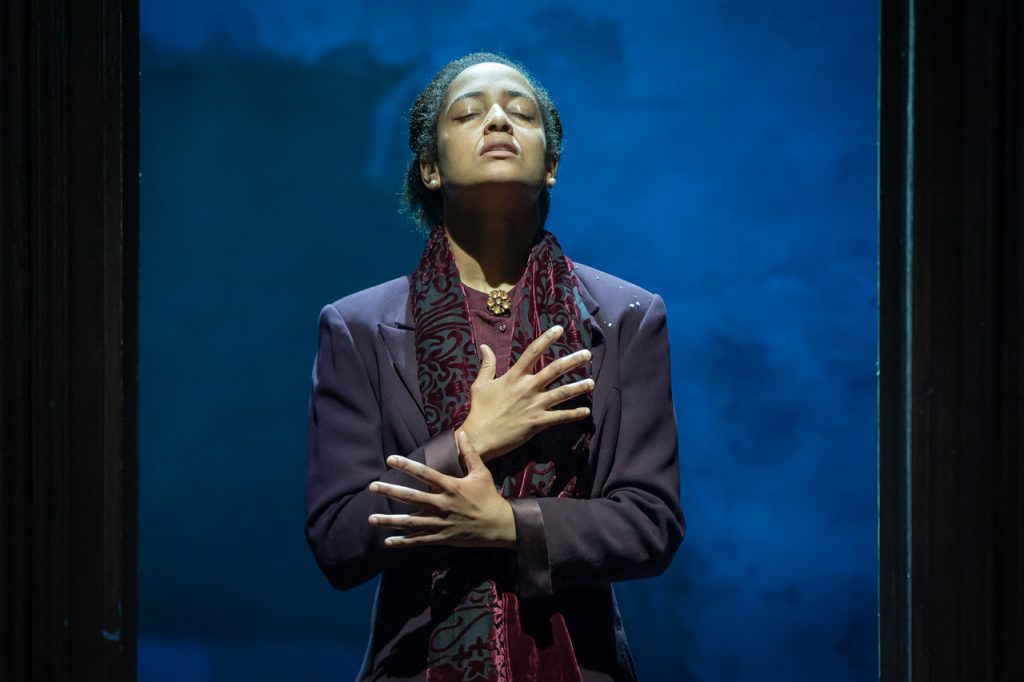This iteration of Henrik Ibsen play, A Doll’s House, is ostensibly about a married young mother of three children, striving to make sense of both her inner turmoil, as well as those that threaten to encroach from the world outside.
That the piece is set in three distinct time periods, and depicts three separate, distinctive London-dwelling women – all who happen to be called ‘Nora’ – is only the start of the many tricks and flicks this story employs. Do they all succeed? Well… no.
If this sounds like equivocation, allow me to explore the terrain.
In playwriting, one is taught/lectured/implored (take your pick) to avoid labouring – almost at any creative cost – either a plot point, or a clear article of symbolism or subtext.
Well, this play runs roughshod over that little rule-of-thumb, by having, not one ‘Nora’, but three; each one appearing to live domestically secure married – but theatrically synchronous – lives in three separate timeframes in London. Added to this, the three female co-leads regularly swap roles, sometimes in mid conversation – oftentimes in mid-flow.
This is due to the device the piece’s playwright employs: to have the three actors (Natalie Klamar, Amaka Okafor and Anna Russell-Martin) play, not only two of the Nora’s each, but also each embody another character / symbolic embodiment each ‘Christine’.
The remaining cast is made of three male actors; Luke Norris – (Nora’s banker husband Thomas); Mark Arends’ ‘Nathan’ (widower and old friend of Nora’s); finally, Zephryn Taitte.
Almost all of the subsidiary characters are in place only to illustrate certain aspects of Nora’s environment, psyche and journey, rather than engage ‘with free will in a (shared) world of their own’. As a result many of the ‘plot points’ – and certain aspects of the performances – feel expedient and overly theatrical (i.e. overly mired in mannerism).
That the piece is set in three distinct time periods, and depicts three separate, distinctive London-dwelling women – all who happen to be called ‘Nora’ – is only the start of the many tricks and flicks this story employs.
For context, the ‘doll’s house’ is a metaphor for the largely patriarchal construct that Ibsen seeks to critiques here; one filled with misogynistic attitudes, and/or human rights violations.
The ‘doll’s house’ describes a ‘housing’ within this ‘construct’ wherein a young adult female is never allowed to truly grow into her womanhood until (traditionally) her father, or brother, frees her from indentured servitude (slavery) – just long enough to say: “I do”; thus one jailer is exchanged for another. As a result, from cradle to grave, she assumes the characteristics of a ’doll’; to be objectified, patronised, sexualised, vilified, crucified (metaphorically or otherwise) and/or infantilised;
The play is about obviously about Nora; which makes Luke Norris’s dual performance of husband ‘Thomas’ so brilliant. His embodiment of ‘the unconscious jailor seems almost to be that of a vessel, over whom the ‘1919 Thomas’ and 1968 Thomas’ are fighting for supremacy. The speed and clarity of his accent shifts, as well as the swift changes, and consistency of form, in his physicality throughout the play, are impressive enough; that he imbues, what could have been a mere caricature (or two), with such humanity was a joy. His performance adds weight to the argument that it is his character’s journey that is the real strength of the play. His absolute conviction that he – as a man, and the proud owner of his ‘doll’ – was, is, and forever will be emperor, was offset by his absolute incredulity and unmoored lack of comprehension. His context was/is ‘the patriarchy’ – the ‘dolls house’. Once it it has been unilaterally torn down he realises that he did not know or understand his wife within its confines; more frighteningly, he finally realises he doesn’t know himself.
The performances by the three leads are wilfully dissimilar; Amaka Kafar, generally portraying the 1918 Nora, is very held and measured and…literal. Again, perhaps she, too, is one role – or director – away from brilliance. Having said that, her vocal quality and delivery – with its effortless power, emotional range and clarity of purpose – mark her out as one to watch for the (not too distant) future.
Natalie Klamar’s performance was contextually problematic for me; not because it wasn’t quite entertaining at times – but because it was. I found her Sally Hawkins- meets- Toni Collette (circa ‘Muriel’s wedding’) schtick, both quite humorous and a little incongruous. (At one point, speaking in a voice that would have made Shelley Duvall (circa ‘Popeye’) sound butch – enunciating e-v-e-r-y syllable – announced: “I AM RIDICULOUS.” Indeed (!)
Perhaps her 1968 ‘Nora’ brought to mind Austin Powers; well, it was certainly a ‘strong choice’, whether intentional or otherwise.
The best performance by a ‘Nora’, for me was Anna Russell-Martin. Her Scottish 2018 version was strong, sarcastic and naturalistic; too weak to fully stand, yet too strong to remain under the heel of any man; wonderful performance.
Tom Piper’s complementary set is an open-floor square with three upstage doorways, depicting the 3 timelines, and through which the three ‘Noras’ initially enter.
I found the constant ominous drone, and the decision to signpost each and every ‘time and/or character shift’ with a sound-effect to be a little intrusive, however.
Overall, though – there are far more reasons to (re) visit this abode than not.























